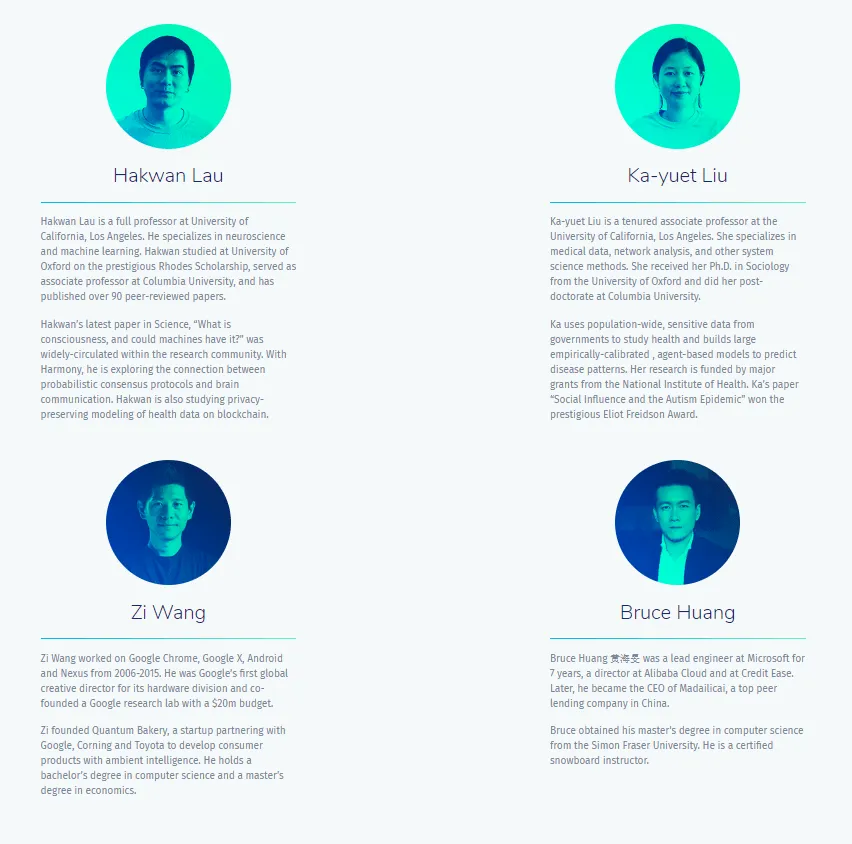
A competition won in the race for global trust transfer
It is no news that blockchain possess the best store of value feature that any system could only wished to own. This is why it is reverred as the next-big revolution that has begin with cryptocurrency but the world is yet to fully witness its full potential.
Away from that for a moment, we have seen how the internet has revolutionised the way we share and access information conveniently via any medium or chatter. It has made it possible to literally be nowhere and everywhere at the same time,even yet it is centralised and leaves room for human error and manipulations.
Now, how about we talk of a decentralized network like the blockchain and the possibilities it offers in terms of re-inventing the way we define Value. This is where an interesting project, Harmony picks the baton to position the blockchain as the drive towards an Internet of value built on trust.
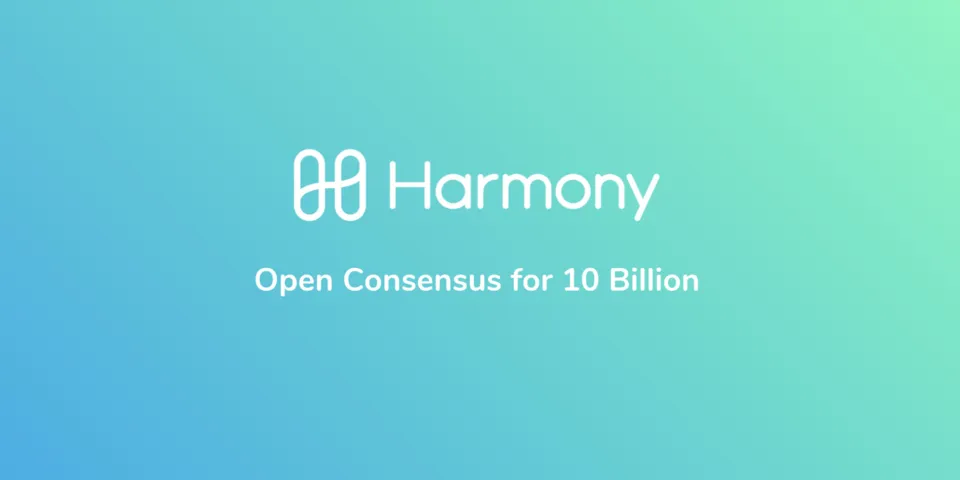
What is Harmony?
Harmony is a fully scalable, provably secure and energy efficient blockchain based on sharding technology. It deploys a PoS-based consensus mechanism to reduce communication complexity and maintain a linearly scalable network capable of hosting billions of people concurrently.

The challenges faced by Blockchain
The blockchain would not be able to fully drive a trust network if the inherent problems still exist within the system. Some of the major challenges are Performance; The present blockchain option including bitcoin and Ethereum could only manage a maximum of 20 transactions per seconds; constituting a major obstacle to the commercialization of the technology. While Competition for the right to mine a new block can also lead to extremely high energy consumption using the PoW(Proof of Work) consensus mechanism.
Alternative blockchain options including zilliqa; one of the first to introduce sharding technology to solve scalability issue has shown little promise interms of security and decentralization due to a sharding protocol which falls short in two areas. Firstly, it does not divide the storage of blockchain data, hence prevents machine with limited resources from participating in the network, secondly, the sharding process is susceptible to single-shard takeover attack due to reliance on PoW(Proof of Work).
Why Harmony?
Harmony is taking these problems identified above and turning them into an oppurtunity. For those who love statistics, According to IDC, it is expected that by 2021, at least 25% of the world's top 2000 companies will use the blockchain service as the basis for digital trust. By 2020 also, 25% of the top global trading banks, nearly 30% of manufacturers and retailers and 20% of healthcare institutions will use the blockchain production Source.
This is why Harmony is focused on building a network capable of hosting high-volume economies on which billions of users can leverage their trust on. In a bid to build an infrastructure that is truly trust based. Harmony, in consistency with best enginering practices, introduce interesting modifications to some key underlying concepts in order to address the challenges facing blockchain technology as a whole. Let's take a look
FBFT(Fast Byzantine Fault Tolerance) consensus algorithm;a modification to PBFT (Practical BFT) which helps to resolve communication complexity between nodes on the network.
Adopts the PoS (Proof of Stake) consensus in order to maintain an energy-efficient ecosystem for its users including miners.
Deploy state sharding technology in order to increase node participation and drive a truly decentralized trust economy
Consistent cross-shard transactions to support direct communication between shard via the kamdelia-based routing
Harmony High-Performance Blockchain!!!How it works?

This behind the scene methods explore new concepts and innovations to solve some of the underlying problem associated with the blockchain as mentioned in the preceeding section of this article.
- Consensus Mechanism
Uses a new PoS + FBFT algorithm to achieve higher network throughput, scalability and security. The algorithm allows the network to dynamically select a leader as explained below via a lottery/election system from all the devices connected to the network, which all serves as nodes
Selecting validator Nodes
- All devices can apply to be node
- Qualified first N nodes are selected as validator nodes
- All nodes in the network can vote for the rights and interests of validator nodes
Selecting A leader Node
Epoch represent the amount of time for which a leader stays active on the network and new leader are elected at every round of epoch by voting shares depending on the validator stake. In order to prevent Sybil attack, validator voting shares is determined by the number of tokens they stake. The leader elected will act as the block proposer for a predetermined time interval called Epoch.
- State Sharding
Harmony employs a adaptive-sharding protocol that enables each node to keep a copy of the blockchain data via the shard chain while the beacon chain serves as the randomness beacon. Also Harmony’s unique way of deep sharding all the way down to the blockchain networking layer makes it exponentially faster than the traditional way of reaching consensus on a blockchain.
- Cuckoo-ruled Resharding Mechanism
In this arrangement, validators who withdrew their stakes will be evicted from the network, while those who keep their stakes stay. This technique ensures that voting shares in all shards are balanced and security requirement is fulfilled.
- Cross-Sharding
Cross-sharding helps to break the barrier between shards and extend the utility of a single shard beyond itself. Harmony adopts the shard-driven method to achieve direct communication between shards; which is further simplified by the Kamdelia based routing.
Features And Benefits of Harmony
Privacy of information due to Zero Knowledge Proof; allowing users to validate whether something is true without revealing the full data
Fully Decentralized ; it achieves this by fully sharding the blockchain state
Secure sharding protocol; this is enabled via a distributed randomness generation (DRG) protocol which is unpredictable, unbiaseable and verifiable
Efficient and Fast consensus;
Consensus is based on PoS, making the process energy efficient and 100 times faster than PBFT.Adaptive-Thresholded PoS; the stake quota is dynamically adjusted based on the volume of staking. This prevent malicious nodes from gaining control over the network.
Scalable Networking Infrastructure
Consistent cross-shard transaction; An atomic locking mechanism is use to ensure the consistency of cross-shard transactions.
Harmony Economic model
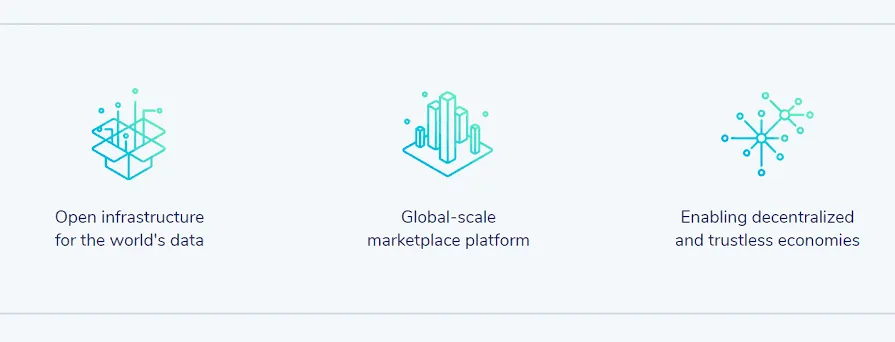
Harmony derives value from the utility of its native token from various forms of participation in the protocol (staking/securing, transaction fees, voting & governance).
Harmony blockchain model will help businesses to leverage third-party trust while the incentives of different stakeholders, developers and businesses can build open marketplaces of fungible and non-fungible tokens and assets. In fact, by implementing Zero-knowledge proofs, Harmony aims to be the de-facto data sharing platform that will harness the mutual distrust to share data but strong desire to acquire data. [Source : Downloaded
Hosting A successful test run with Pangaea
√ 1283 Signups
√ 77 Countries
√ 356 Keys Downloaded
Harmony Vs Other Blockchain
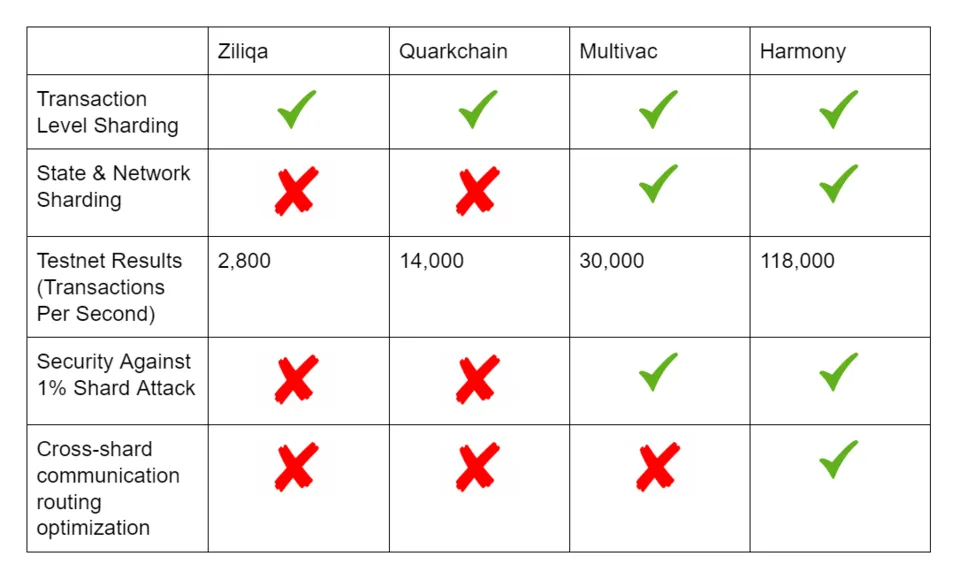
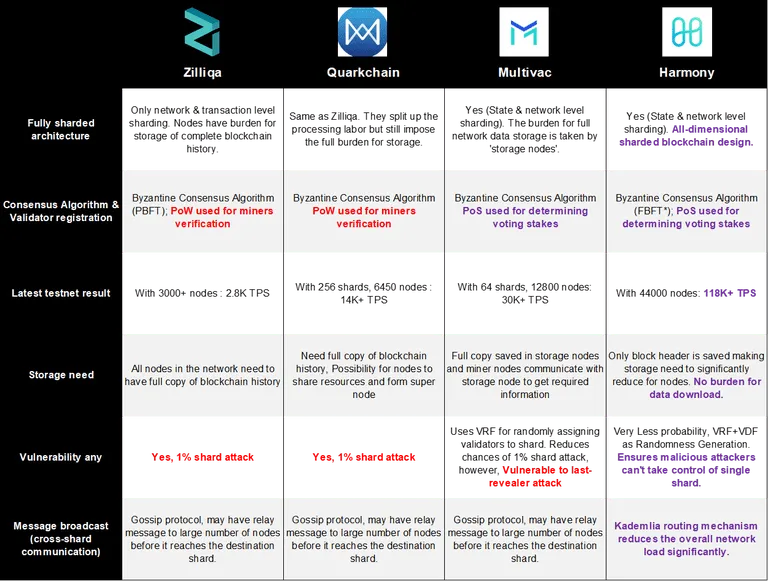
Summary
Harmony's team of experienced engineers aims to build a fully decentralized and secure economy for large scale integration. Most of their solutions are based on extensive research to improve the core functionality of the blockchain on both the network and protocol layer.
This innovative mechanism will inevitably improve overall blockchain performance and scalability for mass adoption. Harmony's open infrastructure will push the boundary of innovation required for hosting high-end data including IoTs, Artificial intelligence and high-volume decentralized exchanges to name a few.
Use Case
Freight Carrier
Gimentor is a firm that deals in security printing. They get a top contract from one of their client and must deliver the project within some few days. Work began but they found out in due time the specific type of Pantone 375 color they need to deliver the work is not on their shelf, and this material is not available locally, it is only imported from china. So they arranged with a freight carrier to deliver the product within days which might not be possible in that space of time, so no way to give their client an expected time of delay.
Such carrier can integrate his services on an industry-specific marketplace hosted on an IoT supported economy like Harmony blockchain. This will allow tracking sensors to be mounted on freight containers to track its movement and give his client a reliable feedback which might be useful in this context. This process allows value to be communicated accross the chain of delivery while harmony negotiate trust for all the parties involved. And because every transaction is done within the blockchain, this top security firm can conduct their transactions securely due to zero-proof knowledge of the data shared.
Token Metric
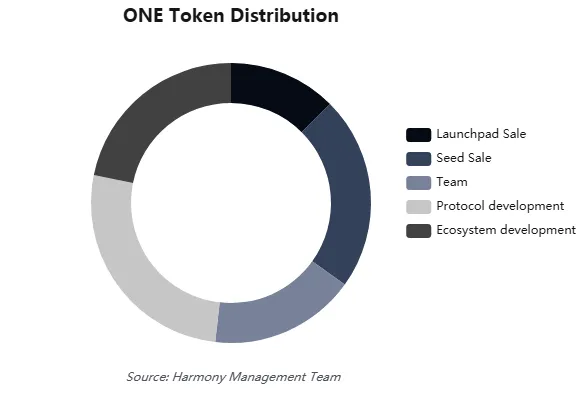
Meet The team
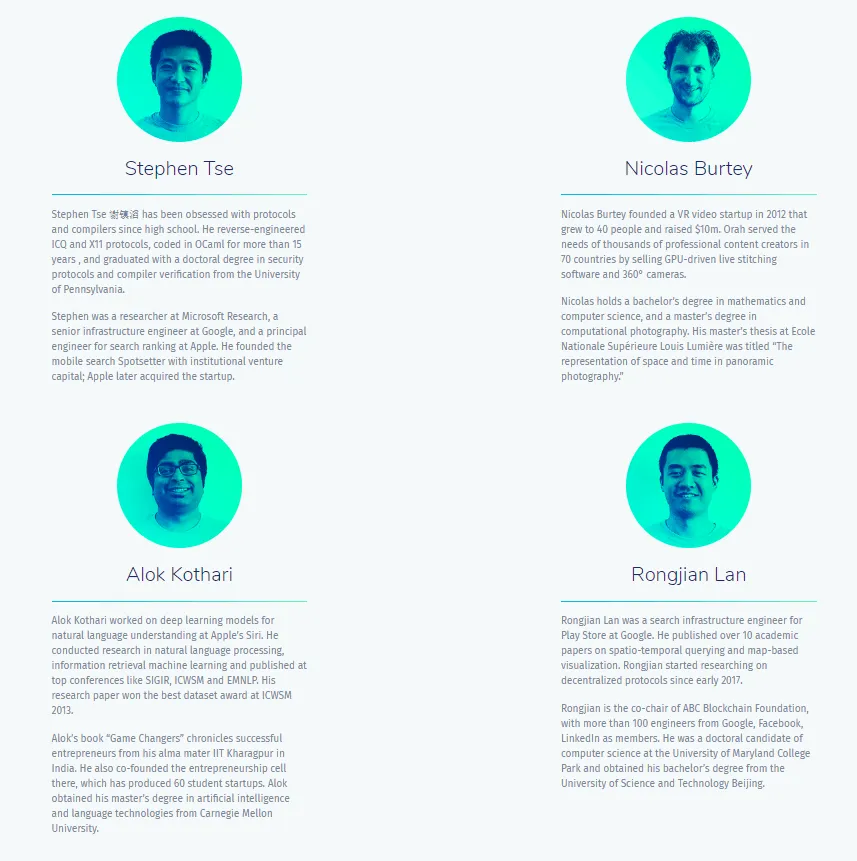
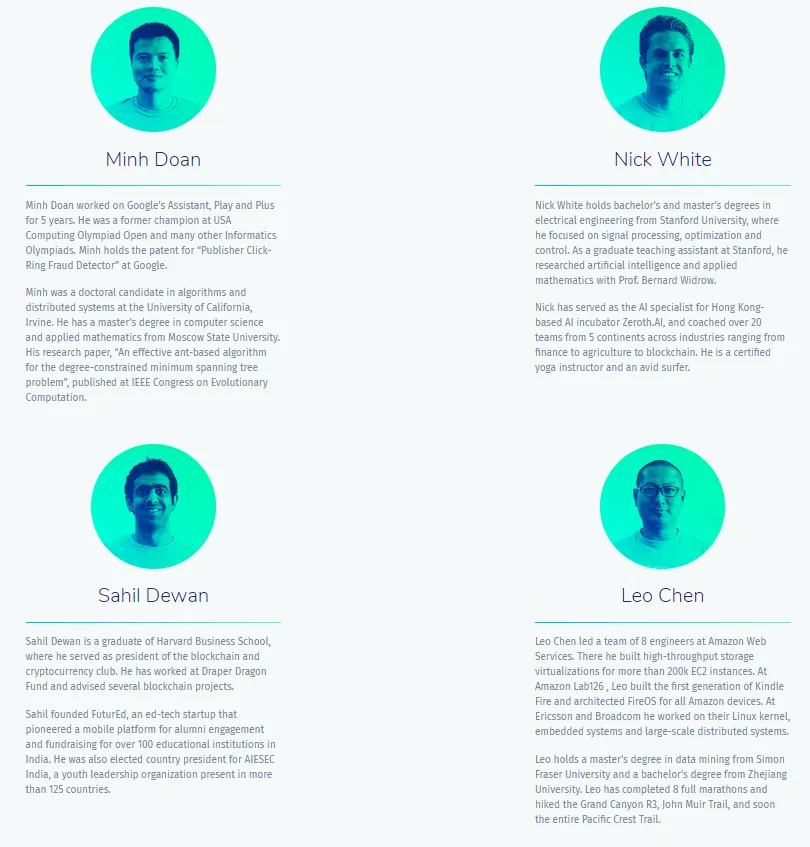
Partners
